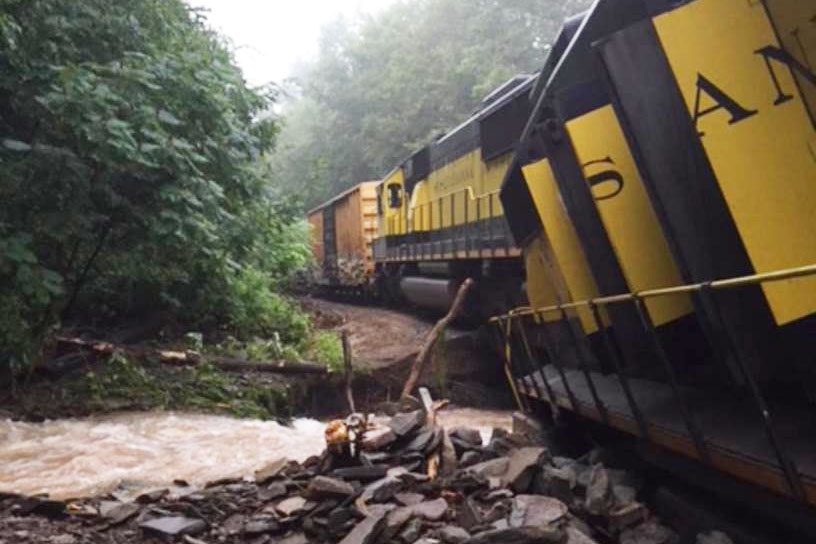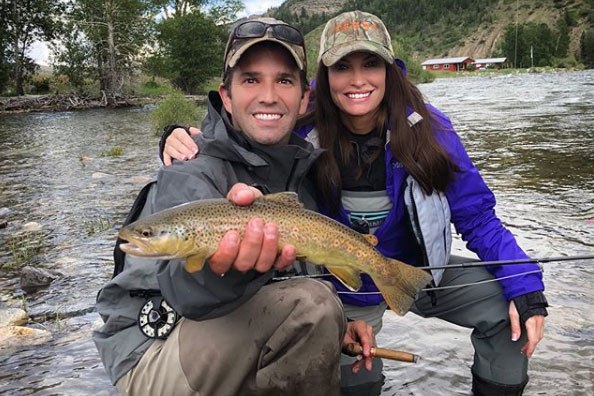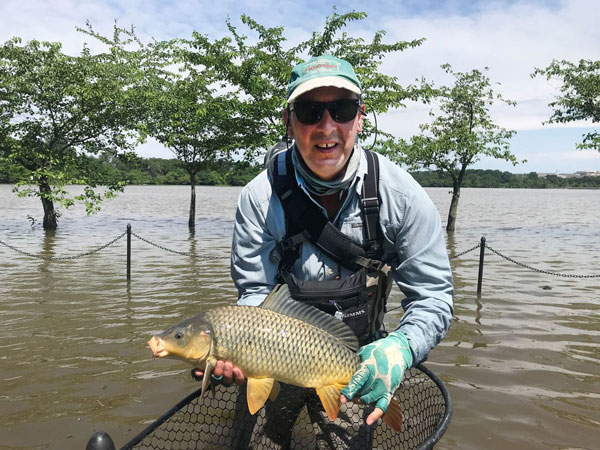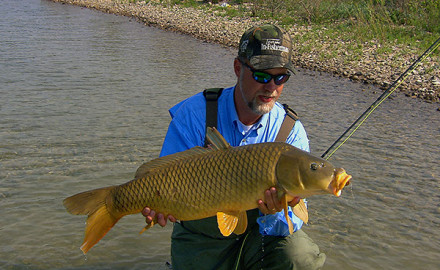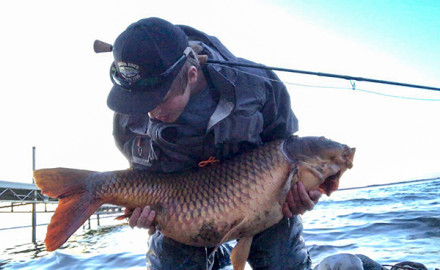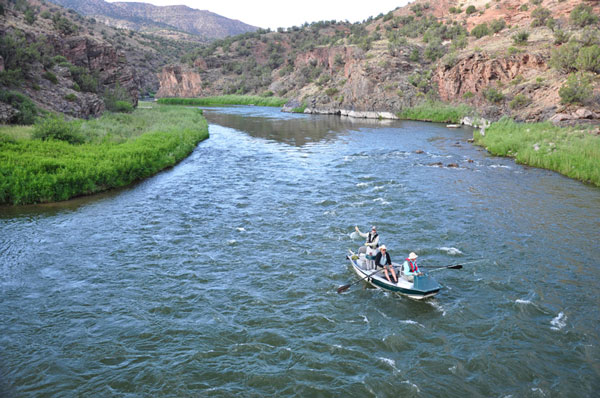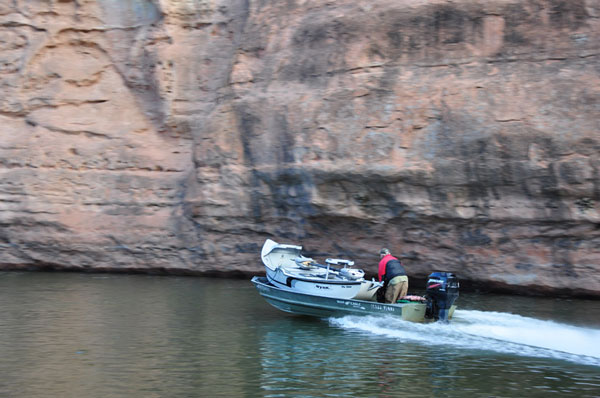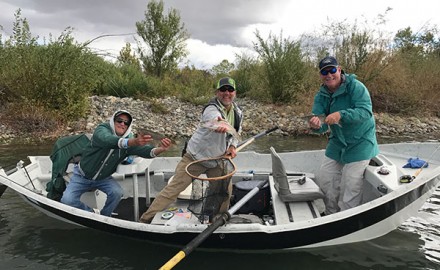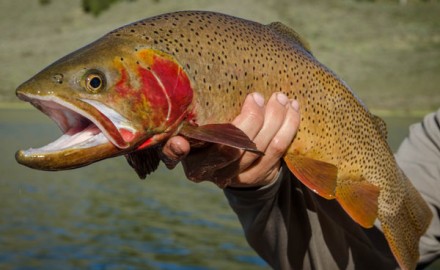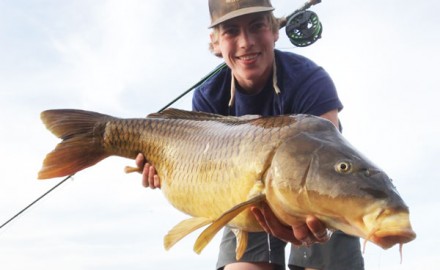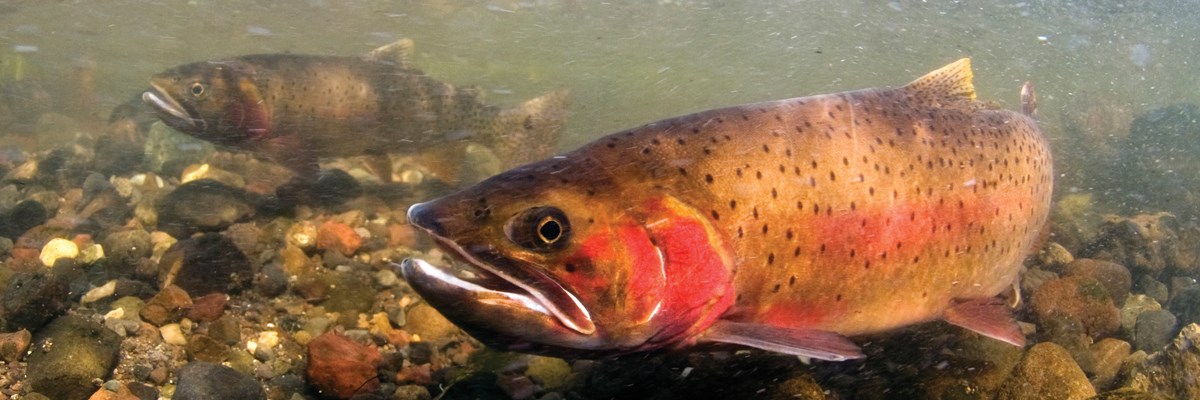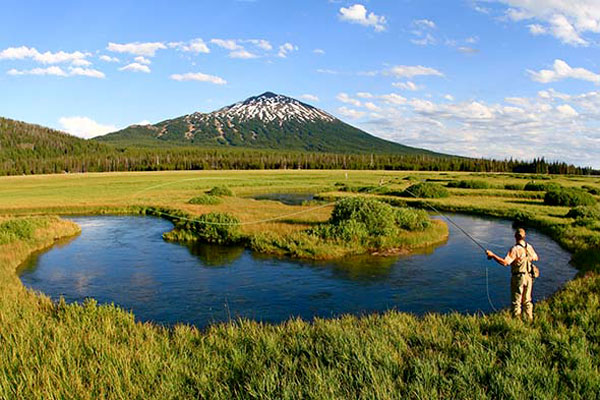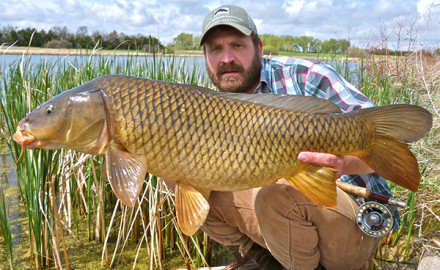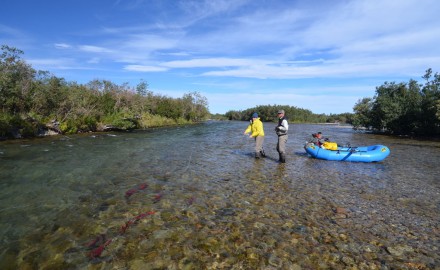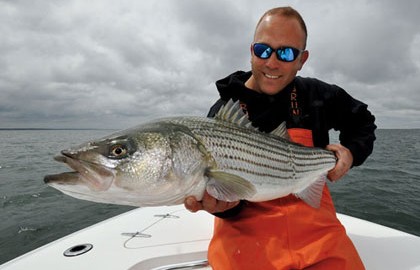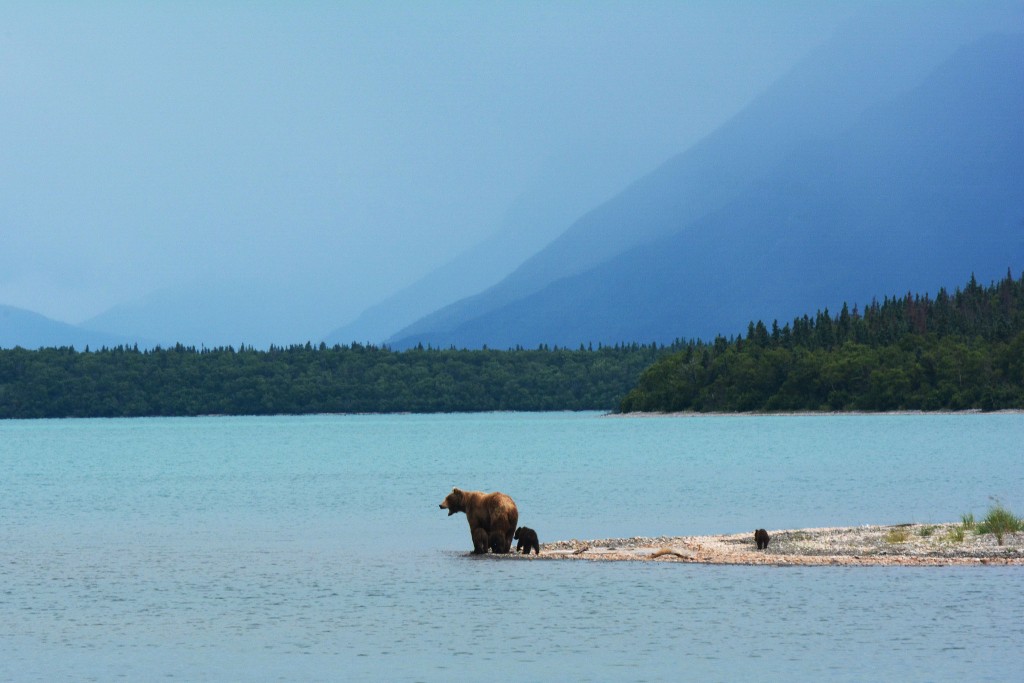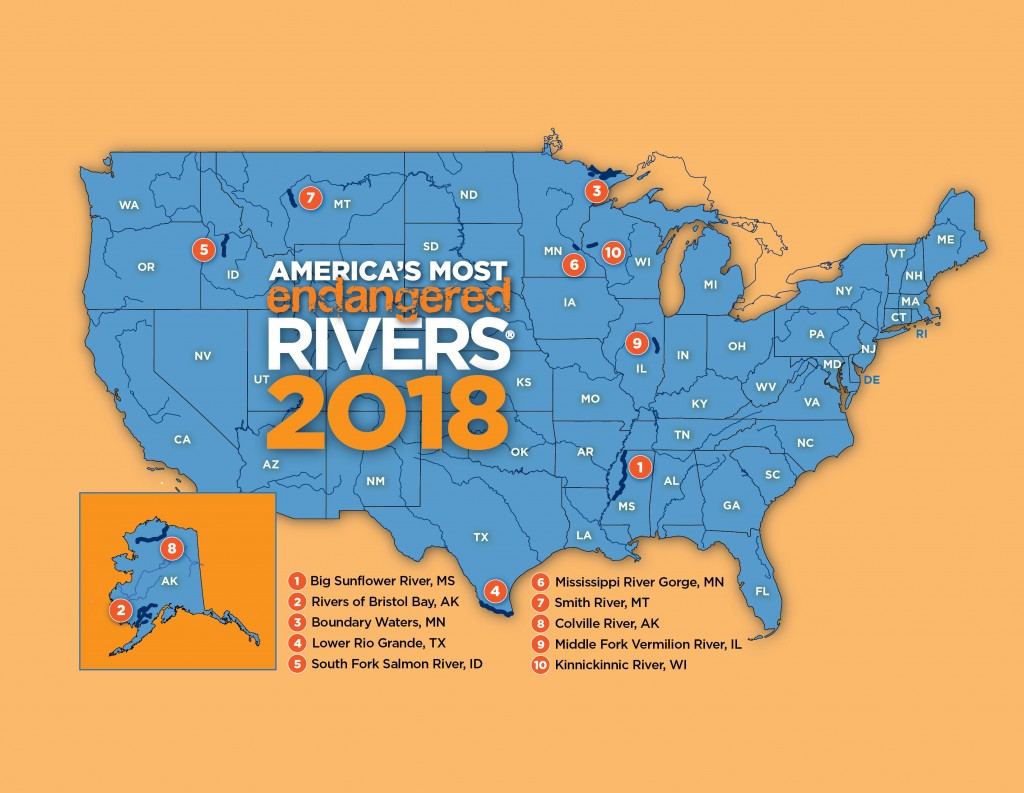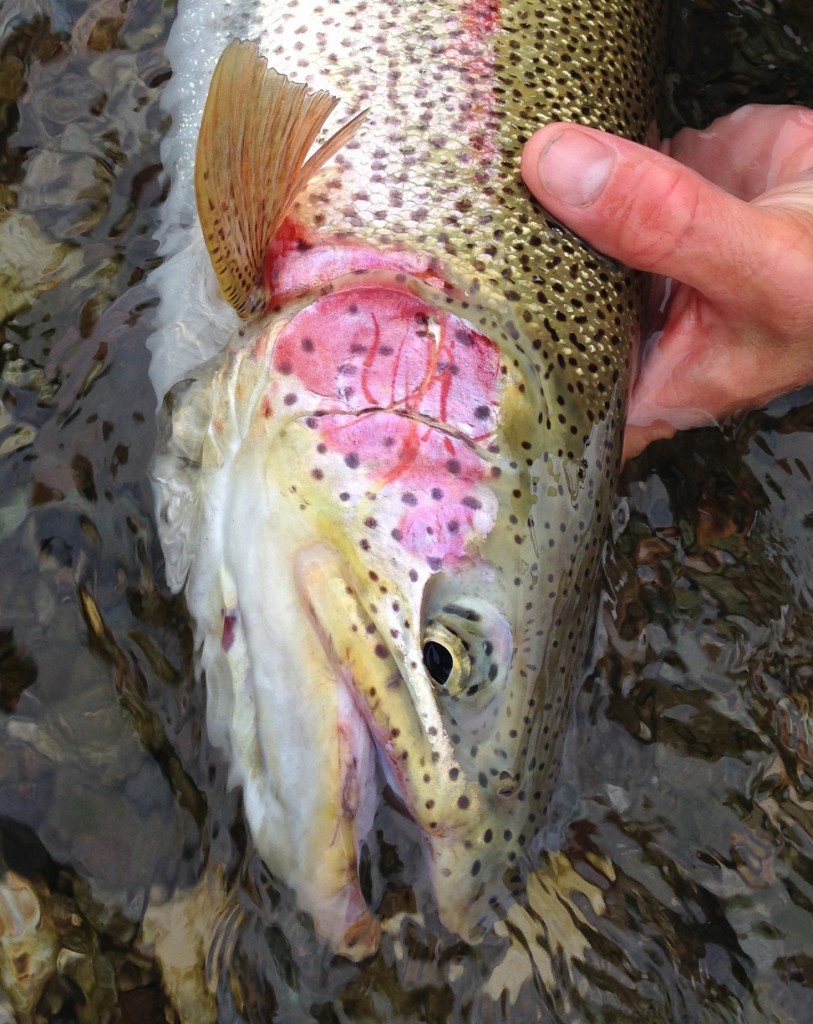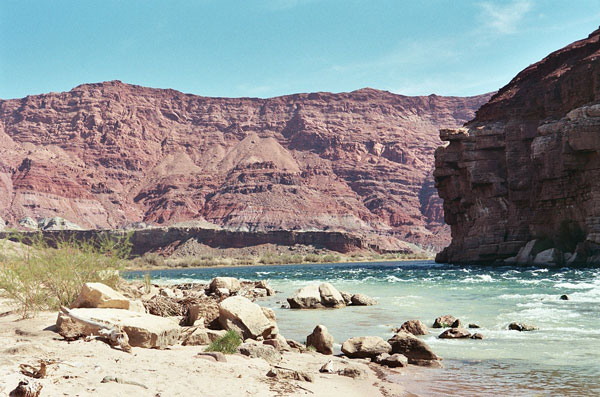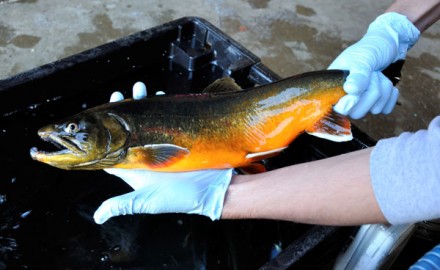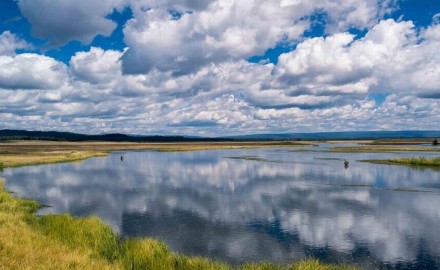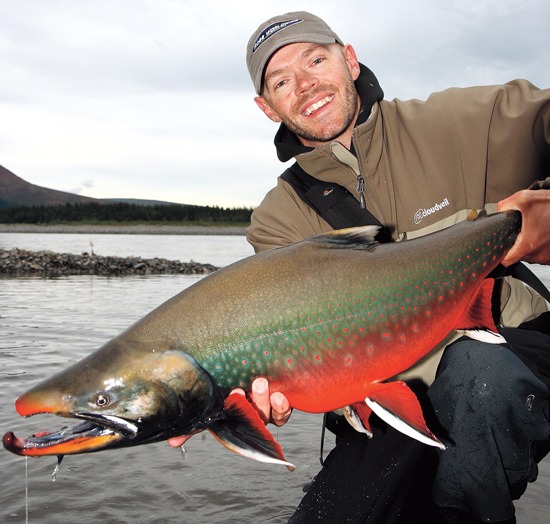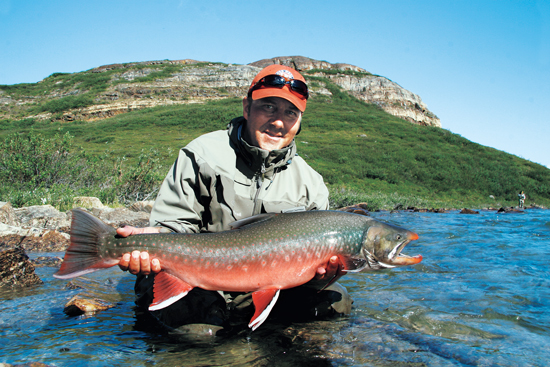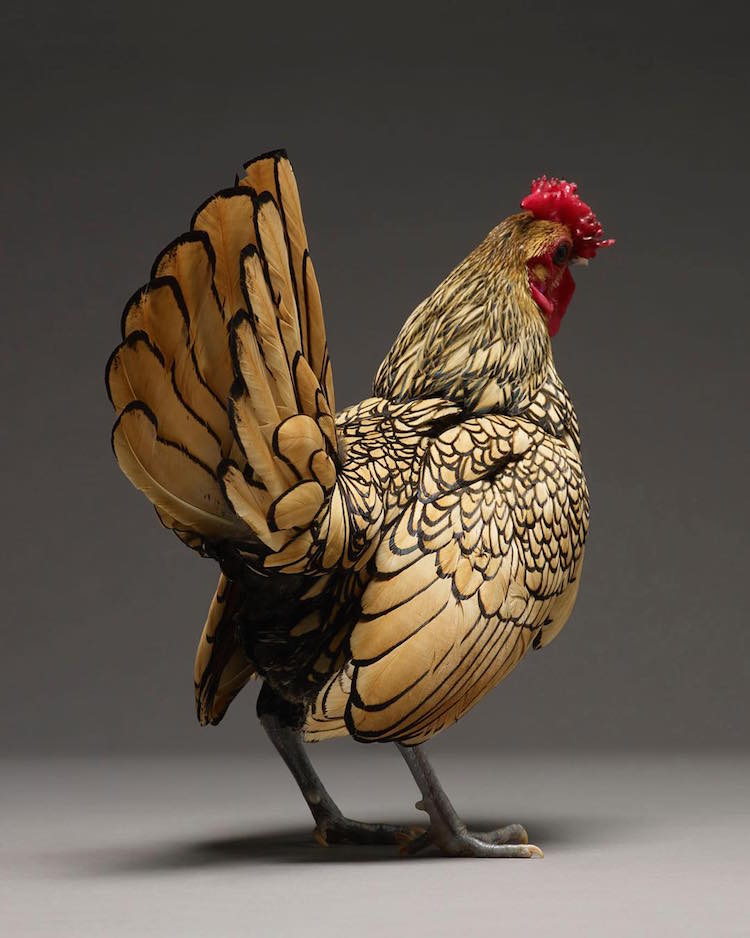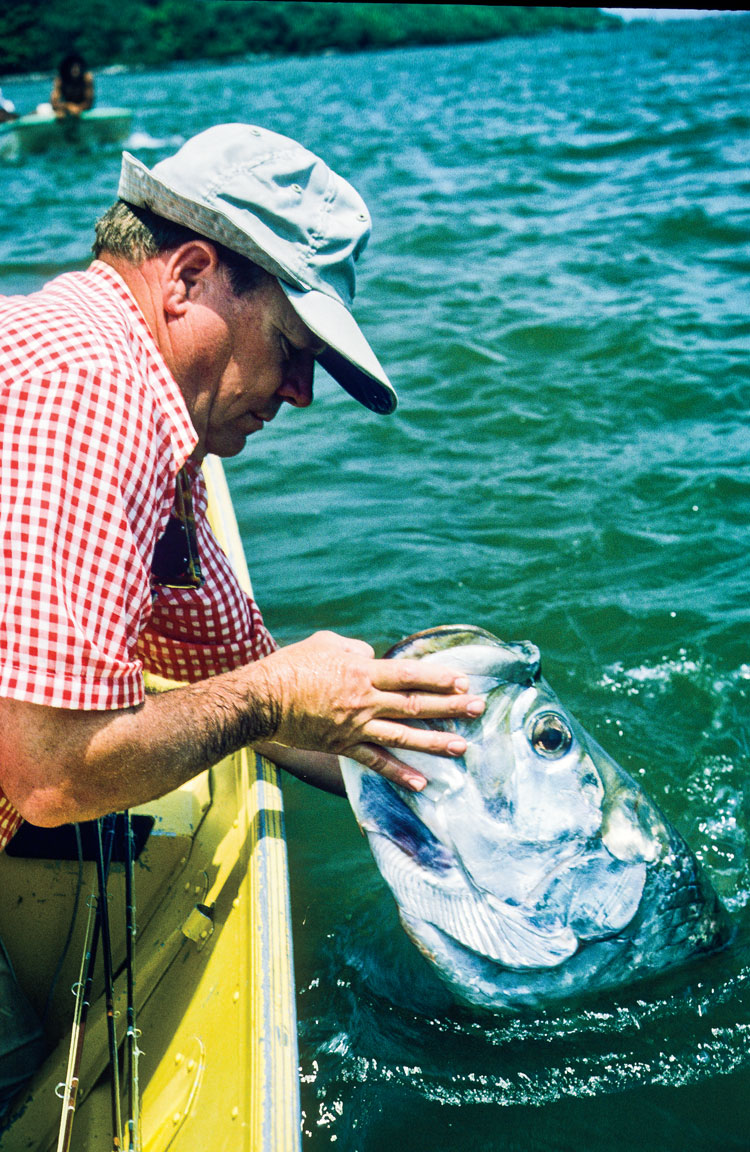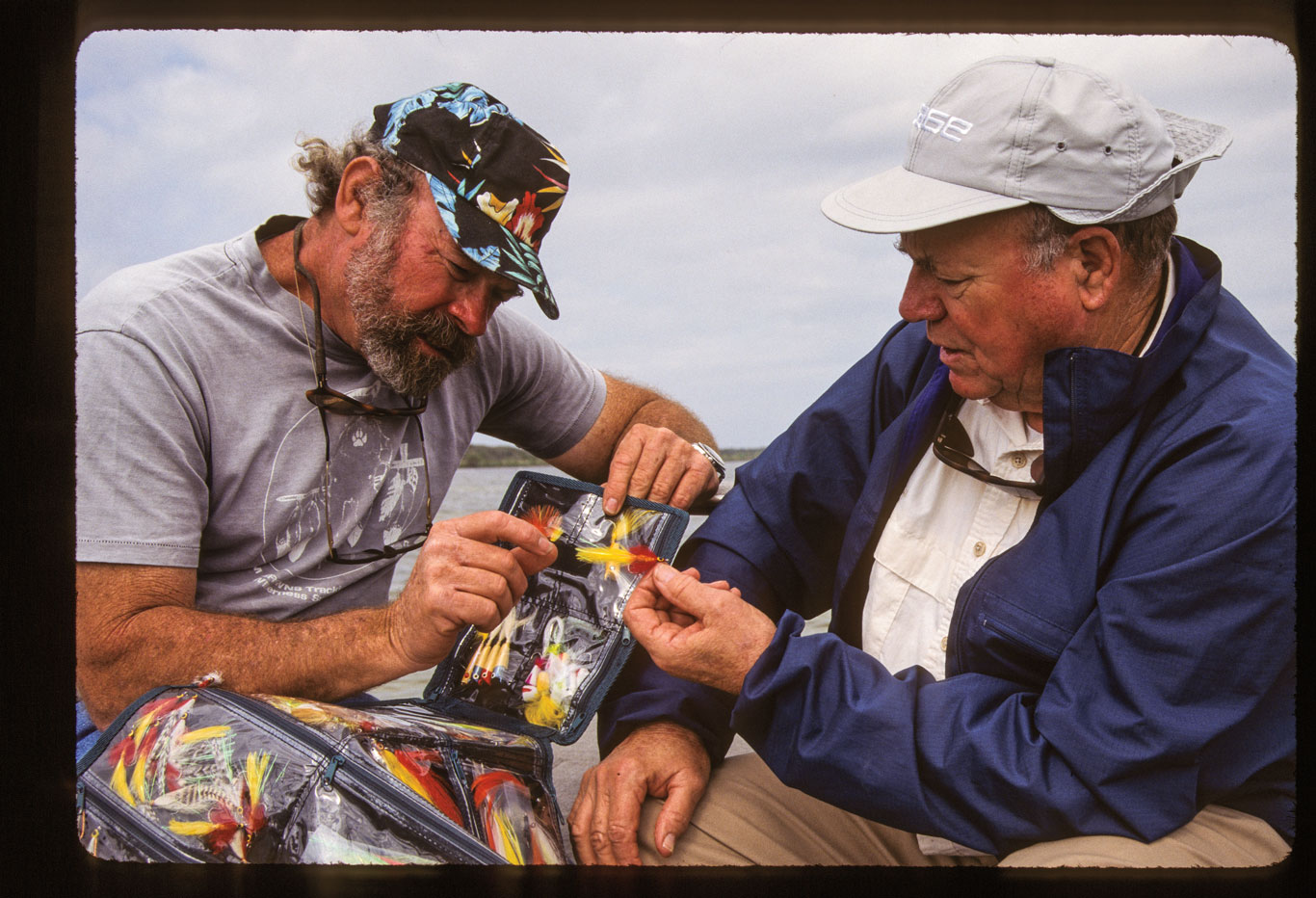Charles Meck was the author of 15 books on fly fishing, and a regular contributor to Fly Fisherman magazine for more than two decades. John Randolph photo
Author Charlie Meck passed away Sept. 19, 2018, surrounded by his family. He was the prolific author of more than a dozen books, and was a frequent contributor Fly Fisherman magazine over the course of more than two decades. He’s a member of the Pennsylvania Fly Fishing Hall of Fame. He helped our sport better understand hatches and how to match them, and through his groundbreaking books such as Patterns, Hatches, Tactics, and Trout he helped popularize tandem rigs and dry-dropper rigs which are considered standard today.
His longtime friend Paul Weamer wrote this of Meck: “For all that Charlie gave to the fly-fishing world during his life, he gave much more to humanity. Charlie was one of the finest human beings I’ve known. He was kind, humble, unpretentious, and he loved people. His caring acts affected hundreds and most will never be known beyond the people he helped. I dedicated my first book to him because I may have never had a fly fishing career without his guidance. But I’m also a better man because I knew him.”
When Weamer was a fly shop manager in State College way back in 2011, he wrote this profile piece on Charlie Meck, a man he described as a father figure.
Copyright
© Fly Fisherman

